101519_YKMV_A3.pdf




shop online at www.missourivalleyshopper.com
October 15, 2019 • Page 3
Moisture Is Critical When
Harvesting Silage During A Wet Year
BROOKINGS, S.D. - With
many flooded and saturated
fields in South Dakota this fall,
harvesting silage before corn
dries past desired moisture
levels or frost occurs may be a
challenge for some producers.
Three, four-wheel drive
John Deere tractors, pushing
up chopped corn silage into a
drive over pile on a dairy farm.
Packing is a very important
part of putting up highquality silage. Three tractors
pack and push up a pile on
a South Dakota dairy farm.
Courtesy:Tracey Erickson
Creating quality silage is
most dependent on harvest
plant moisture. Ideally, when
chopping silage, the plant
should be 32 to 38 percent dry
matter.
“Moisture calculation is
key and given the genetics
of today’s corn varieties, the
relationship between milk line
and plant moisture content
may not always be accurate,”
says Tracey Erickson, SDSU
Extension Dairy Field Specialist.
Harvesting at over 40
percent dry matter reduces
digestibility of fiber and starch
and may cause packing issues.
More specifically, the optimum
silage moisture ranges from
55 to 60 percent for upright
oxygen-limiting silos, 60 to 65
percent for upright stave silos,
60 to 70 percent for bags, and
65 to 70 percent for bunkers.
“In other words, wetter
silage tends to work better in
bags, bunkers and piles for
better packing. Drier silage
tends to work better in upright
silos to minimize seepage,”
Bauder says.
An easy, quick and relatively
inexpensive method to
determine the actual moisture
content of the whole corn
plant can be performed by
using a microwave oven. This
typically takes less than 20
minutes to test. For step-bystep instructions on using
a microwave to moisture
test forages, visit the SDSU
Extension website.
Chopping Dry Silage
Although not ideal for
optimum feed value and
storage, if a producer chooses
to chop silage above 40 percent
dry matter, there are several
considerations to make:
• Reduce chop length to
release more plant fluids and
improve packing.
• Use a kernel processor to
improve digestibility. The more
mature the corn is, the less
digestible it becomes.
• Use silage inoculants to
improve fermentation. Liquid
inoculants may be more
effective in dry silage.
• If piling or using bunker
silos, use extra heavy tractors
for packing and pack no more
than six inches at a time.
• Blend wetter feeds with
dry silage like forage sorghum,
alfalfa, later-planted green corn
or wet distillers grains.
• Place wettest forage on
the top layer of the pile or
horizontal bunker for sealing
and weight. Adding water to the
top layer of the pile may also
help with this.
• Another option, although
time consuming, is to mix the
wetter and drier feeds in a TMR
wagon prior to ensiling.
• Cover tightly with silage
plastic and/or oxygen barrier
to keep the environment as
anaerobic as possible.
Chopping Earlage
With an energy content
higher than corn silage but
lower than corn grain, and
a similar protein content to
corn silage, Bauder suggests
earlage as a good alternative.
Ideally, moisture content for
chopping earlage is 35 to 40
percent. A silage chopper
with a snapper head can be
used. Some producers have
successfully used combines set
to retain a portion of the cob
with the grain. Much like silage,
if harvested too wet, seepage
may occur and if harvested too
dry, it will not pack well which
causes excessive spoilage.
Things to consider when
chopping earlage:
• Make sure every kernel is
cracked and the cob portions
are no larger than a thumbnail
to improve pack density and
digestibility.
• Consider using a kernel
processor to improve
digestibility.
• Use inoculants to improve
fermentation.
• If piling or using bunker
silos, use extra heavy tractors
for packing.
• Cover tightly with silage
plastic and/or an oxygen
barrier to keep the environment
as anaerobic as possible.
What to watch for
If silage is too wet when
harvested, there is a risk
of butyric acid forming and
nutrients being lost due to
seepage. Silage that is over 70
percent moisture should not be
harvested and should stand in
the field for a few more days.
On the other hand, if it is too
dry, silage will not ferment or
pack adequately, resulting in
mold development.
“In addition, flooded
corn can contain many
contaminants. Watch for corn
ear molds, stalk molds and if
the plant is quite dirty, soil
contaminants. Preservatives
and fermentation do not lower
the concentration of these
GFP Commission Creates Deer and Elk Carcass
Transportation and Disposal Rules to Combat the
Spread of Chronic Wasting Disease
CHAMBERLAIN,
S.D. – The South Dakota
Game, Fish and Parks
(GFP) Commission has
created regulations for the
transportation and disposal
of deer and elk carcasses
from other states and from
hunting units within South
Dakota's confirmed chronic
wasting disease (CWD)
areas. The new regulations
will not go into effect until
the 2020 hunting seasons.
The commission created
three regulations to help
reduce the spread of CWD.
Defined the geographic
area comprising South
Dakota’s known CWD
endemic area:
•Deer Hunting Units:
CUD-CU1, BHD-BH1, BHDBD1, BHD-BD2, WRD-02A,
WRD-21A, WRD-21B, WRD27A, WRD-27B and WRD27L.
•Elk Hunting Units:
CUE-CU1, CEE-CU1, BHE-H1,
BHE-H2, BHE-H3, BHE-H4,
BHE-H5, BHE-H7, BHE-H9
and PRE-27A.
Established carcass
disposal requirements for
hunters, taxidermists and
game processors:
•A hunter, game
processor or taxidermist
shall dispose of all
remaining deer or elk
carcass parts taken from
another state, or a known
South Dakota CWD endemic
area directly to or with
a waste management
provider that delivers to a
permitted landfill when noncommercial or commercial
meat processing and
taxidermy has concluded.
•Deer and elk carcasses
taken from a known South
Dakota CWD endemic
area that test negative
for CWD from a verified
test sponsored by the
Department would be
exempt from this disposal
regulation.
•Any recipient of such
gift of wildlife as described
above shall follow this deer
or elk carcass disposal
requirement.
Established
requirements for carcass
movement within South
Dakota (intrastate) and
carcass movement into
South Dakota from another
state (interstate):
•Whole or partial deer
or elk carcasses and head
with antlers attached may
be transported from a
known South Dakota CWD
endemic area, or another
state, only if delivered to
a licensed taxidermist,
commercial processor or to
the hunter’s domicile and
disposed of as described
in the CWD disposal
regulations.
•Whole or partial deer
or elk carcasses and head
with antlers traveling
through South Dakota
are exempt from this
regulation.
To learn how you can
help slow the spread of
CWD, visit gfp.sd.gov/whatcan-i-do.
Protect
yourself
this season.
Anyone age 9 or older can
come to Yankton Rexall,
Monday-Friday and receive
a flu shot. No prescription or
appointment necessary.
We go the extra mile to ensure you receive
Hometown Customer Service, by providing you
and your family with the service you deserve.
X X
Stop wasting time sorting pills and risking error.
Make Medication Management Easy With
MEDpaks Available Only at Yankton Rexall
With The Rising Costs
of Medications Your
Hometown Pharmacy
Is Savings You More
Than The Large Chain
Pharmacies! See us today!
Your Hometown Pharmacy Located in the Meridian District
109 W. 3rd St., Yankton, SD
p: 605-665-7865
Open: Monday-Friday 8:30am-6pm
Saturday 9am-4:30pm
Serving The Healthcare Needs Of The Yankton Area Since 1923
toxins in feed. If there are
concerns or any of these issues
have been discovered in the
field, first consider identifying
ear or stalk diseases,” Erickson
says.
For more information
about silage contaminants
and mycotoxins, use the SDSU
Extension website and search
for silage.
Black and red feedlot cattle
eat corn silage from a feed bunk
in South Dakota.
Silage is a major component
of the ration for many feedlots
and dairy operations. In this
photo, fat cattle eat silage from
the bunk near Tyndall, South
Dakota. Courtesy: Sean Bauder
Pricing or Buying Feed
The Silage Earlage Decision
Aid is available for help pricing
silage or earlage in South
Dakota. Alternatively, the
SDSU Extension Feed & Forage
Finder Facebook Page can help
producers find feed for sale in
their area.
“This has been a challenging
year with heavy spring
precipitation and now
extensive fall precipitation in
some parts of southeastern
S.D. Remember, all hope is not
lost for your silage crop; keep
the options above in mind and
have a safe harvest this year,”
Bauder says.
the Missouri Valley Shopper
In print and online!
www.missourivalleyshopper.com
Mark’s Machinery
AXIAL FLOW
COMBINES
AND HEADS
IN
STOCK
USED EQUIPMENT
* All USED Combines *
- 36 Month INTEREST WAIVER - 0%
GREAT SELECTION! GREAT FINANCING!
USED COMBINES
2013 – CASE IH 7230 – HOW HRS. – DUALS
2011 – CASE IH 6088 – DUALS – LOADED
2009 – CASE IH 7120 – DUALS – 3 ON LOT
2007 – CASE IH 2588 – DUALS – RECONDITIONED
2002 – JOHN DEERE 9650 STS – CLEAN
2009 – NEW HOLLAND CR9070 – 996 HRS.
2013 – CASE IH 6130 – LOADED (2 ON HAND)
ENTIRE INVENTORY @ MARKSINC.COM
GRAIN HANDLING EQUIP.
IN STOCK
* GRAIN AUGERS * GRAIN CARTS* HEADER CARTS
NEW AND USED - ALL SIZES!
CALL US! FOR YOUR HARVEST PARTS AND SERVICE NEEDS
- COMBINE - BEAN HEAD - CORN HEAD PARTS
SERVICE - SERVICE - SERVICE
* EXPERIENCED TRAINED TECHNICIANS
* COMPETITIVE RATES – PICKUP AND DELIVERY
We are participating in the 2019
SD-DOT Lease Program.
We will have Maxxum – Puma – Magnum
Tractors at Significant Discounts!
* LOW RATE FINANCING OR LEASES
* UNITS WILL BE IN SOON!
3211 E. Hwy. 50
Yankton, SD
605-665-4540
800-526-8095
Locally Owned Since 1972
Two Locations to Serve You
745 E. Hwy 46
Wagner, SD
605-384-3681
800-693-1990



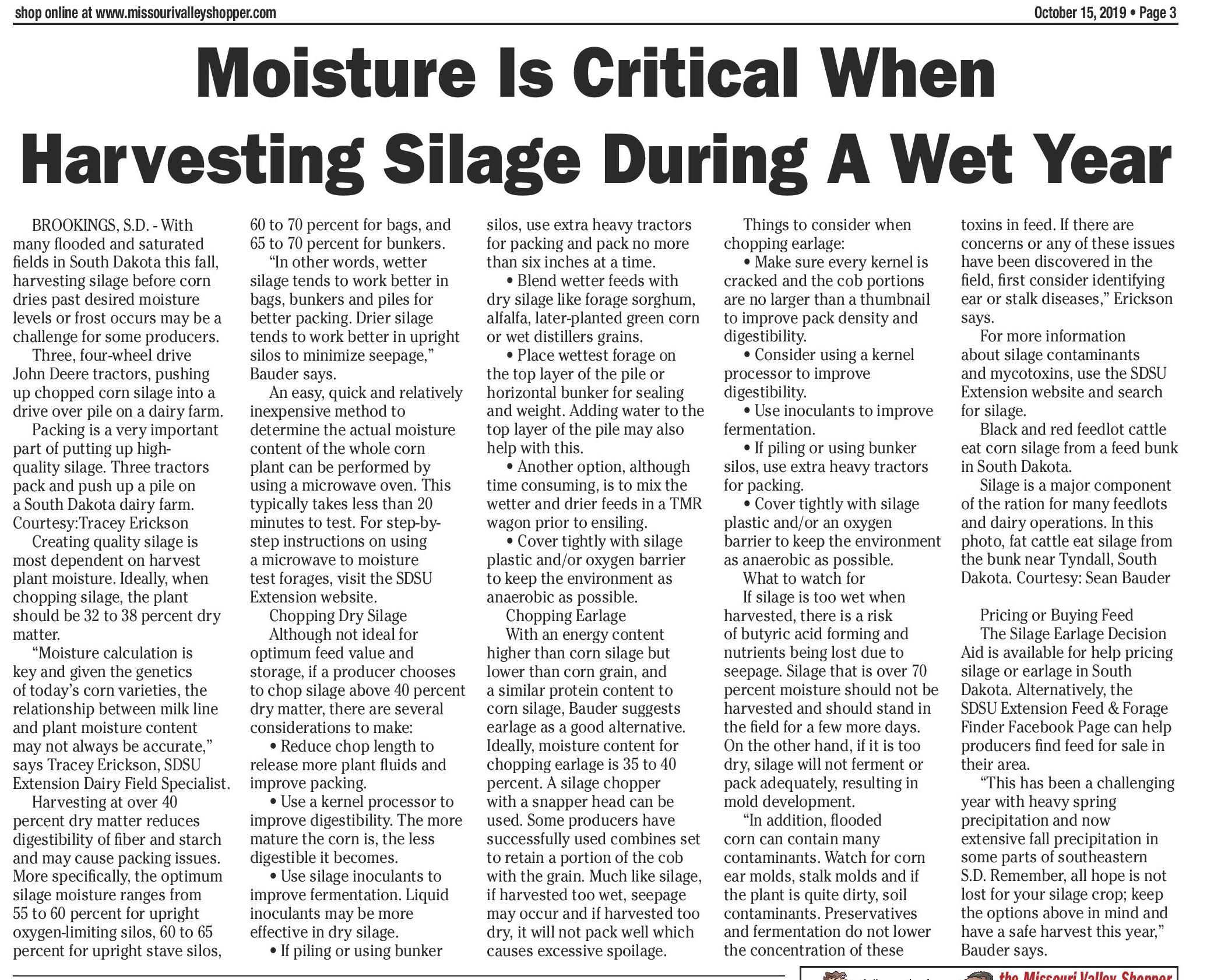

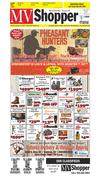

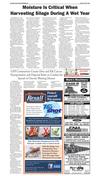
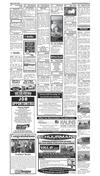
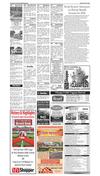
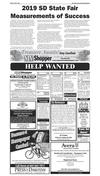
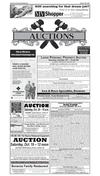
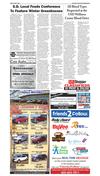

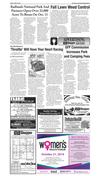
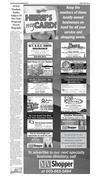
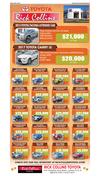
 Previous Page
Previous Page





